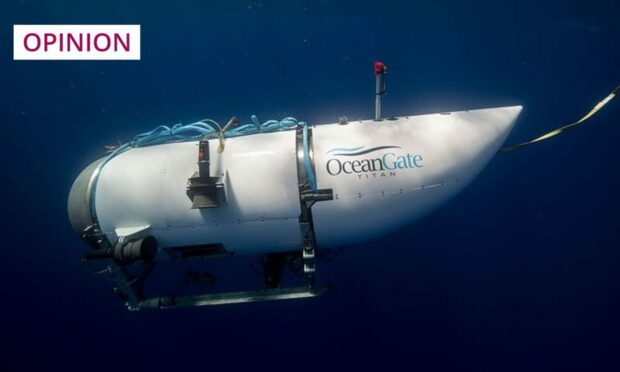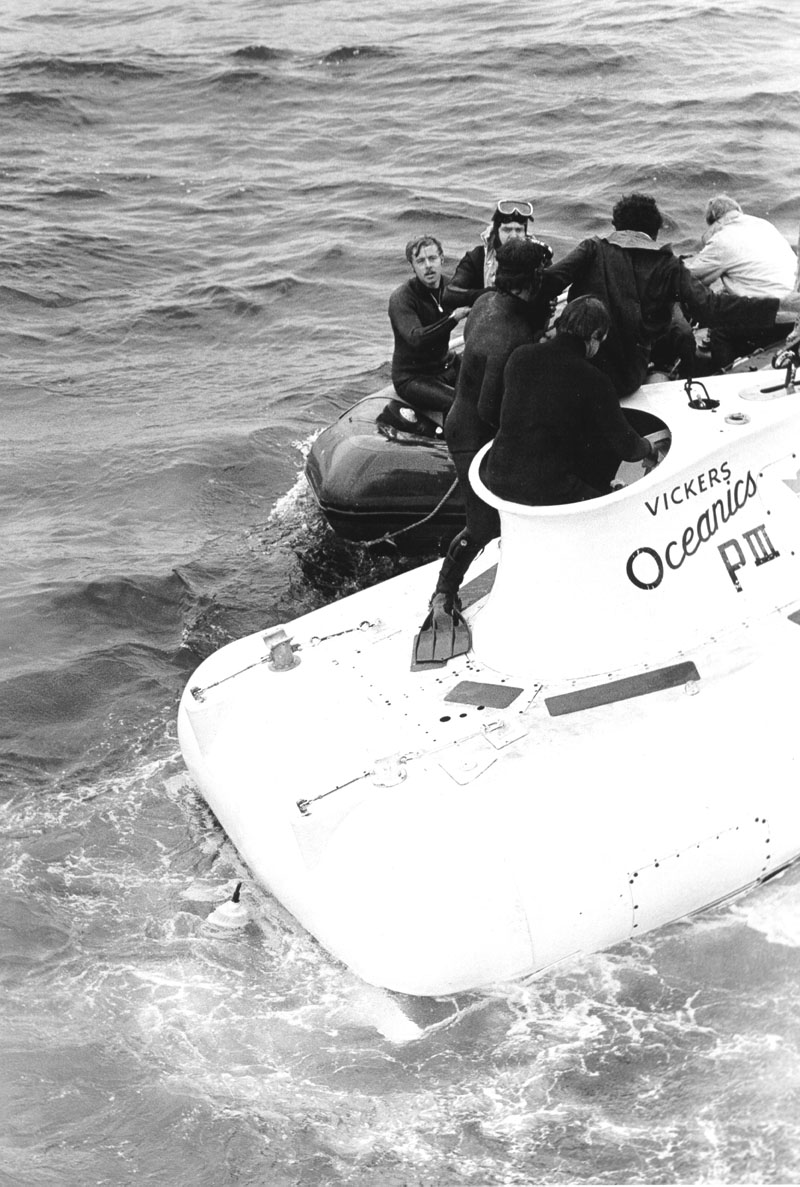The manned submersible community is really quite small. Many of us know each other well, having worked together at some time in the past, or with someone else who knows someone else, and so on.
I was involved in the industry throughout the 1970s and into the very early ’80s, firstly as a maintenance engineer, then a pilot and offshore supervisor. Ultimately, I was in charge of operations of a half a dozen support vessels and nine or 10 submersibles, as well as their very international teams.
When the news broke of the Titan “incident”, many of my old colleagues from different companies and countries broke surface on social media to talk about what was going on. The concern was widespread, and it wasn’t just about the possible fate of the crew and passengers.
It’s important to stress that this is a very rare situation. In fact, I can only think of one previous event that attracted such a huge amount of coverage, and that was when, in September 1973, Roger Mallinson and my old friend Roger Chapman – now, sadly, no longer with us – ended up trapped on the bottom of the Celtic Sea.

They were 480 metres down and 150 miles off the south-west coast of Ireland, whilst working on a transatlantic telecoms cable. One of their ballast tank hatches was accidentally opened and the tank flooded, sending them back where they’d just come from – the seabed. Fact is, though, that they were ultimately safely recovered within about 76 hours.
The other incidents I can remember were pretty trivial. One sub managed to get a rope wrapped up in its propellor, but was cut free by another operating about an hour or so away.
I was the pilot of the sub that did the cutting. The pilot of the sub I cut free – a great American called George Bezak – gave me a Buck knife as a thank you present; I still have it.
Even the sub that fell off the back of its support vessel, along with its A-frame lifting system, and plunged about 150 metres survived intact, along with its two-man crew. I don’t think that was even reported by the press.
Losing contact with a sub shouldn’t be possible
So, why the concern amongst colleagues, both ancient and modern, over the Titan sub incident? Speaking personally, although I know others agree, this incident, accident, failure – call it what you will – should have been nigh on an impossibility in 2023.
Quite a few manned submersibles have visited the Titanic. The Russian Mir subs, which I saw being built in Finland in the 1980s, are a case in point.
Those subs were extremely well equipped. All would have had underwater telephones and acoustic navigation transponders, enabling the surface vessel to track them pretty accurately and on a continuous basis. Losing contact wasn’t really an option.
We had this technology in the 1970s. A bit cruder then, perhaps, but it worked. Now, though, companies like Norway’s Kongsberg have acoustic positioning systems, capable of operating to 10,000 metres or more.
I would have expected this hardware or similar to have been fitted to Titan. If it wasn’t, I would like to know why not. If, as some suggested earlier this week, the Titan sub had accidentally landed on or in the Titanic wreck, this technology could have avoided that.
Every single submersible of ours was designed with seven days’ worth of life support per crew person. This wasn’t unusual across the industry. I don’t understand why the Titan only had four days, particularly given the remoteness of its intended operation.
An inquiry must take place
It’s also a fact that all the manned submersibles that operated in the North Sea in 1970s (and that still are operating in the oceanography and tourist sectors) were designed, built, and tested, and are regularly inspected by one of the main classification authorities. They had to be, in order to be able to insure them and to have approval from the oil and gas companies on whose infrastructure they were working. I still have my American Bureau of Shipping submersible classification manual.
These five people are now lost, and it’s a real tragedy. I feel desperately sorry for their families and friends
That it’s even suspected that the Titan hadn’t gone through the classification process is very disturbing. I’ll be quite honest: without sight of that certificate, I wouldn’t have even climbed in.
These five people are now lost, and it’s a real tragedy. I feel desperately sorry for their families and friends. But the incident must not be allowed to reflect on the overall industry. To that end, in order to resolve the many serious questions this saga has raised, there must be a US Government-led inquiry.
Dick Winchester is a former subsea engineer and advisor to the Scottish Government on energy

